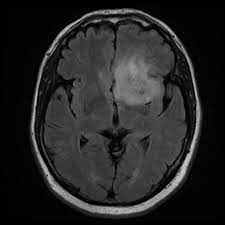 Low-grade gliomas are a type of brain tumor that typically grows slowly and is considered less aggressive compared to high-grade gliomas.
Low-grade gliomas are a type of brain tumor that typically grows slowly and is considered less aggressive compared to high-grade gliomas.
They are classified as Grade I or Grade II tumors according to the World Health Organization (WHO) grading system.
Low-grade gliomas originate from the glial cells, which are the supportive cells of the central nervous system.
They can occur in various parts of the brain and spinal cord.
Some common types of low-grade gliomas include astrocytomas, oligodendrogliomas, and ependymomas.
Grade 2 glioma affects approximately 30,000 adults in the US with a mean age diagnosis of 41 years.
No known environmental exposure, risk factors exist, and the appropriate treatment regimen remains unclear.
A mean of 26 years of life is lost per patient.
More than 80% of grade 2 gliomas have a somatic variant in the genes encoding isocitrate dehydrogenase (IDH) 1 and 2.
The symptoms of low-grade gliomas can vary depending on the tumor’s location and size.
Common signs and symptoms may include headaches, seizures, memory problems, mood changes, changes in motor skills, and problems with speech or vision.
The treatment for low-grade gliomas depends on the tumor’s location, size, and overall health of the patient.
The initial approach usually involves a combination of surgery, radiation therapy, and chemotherapy.
Vorasidenib and IDH mutant enzyme inhibitor had significant improvement, immediate progression, free, survival compared with placebo.
